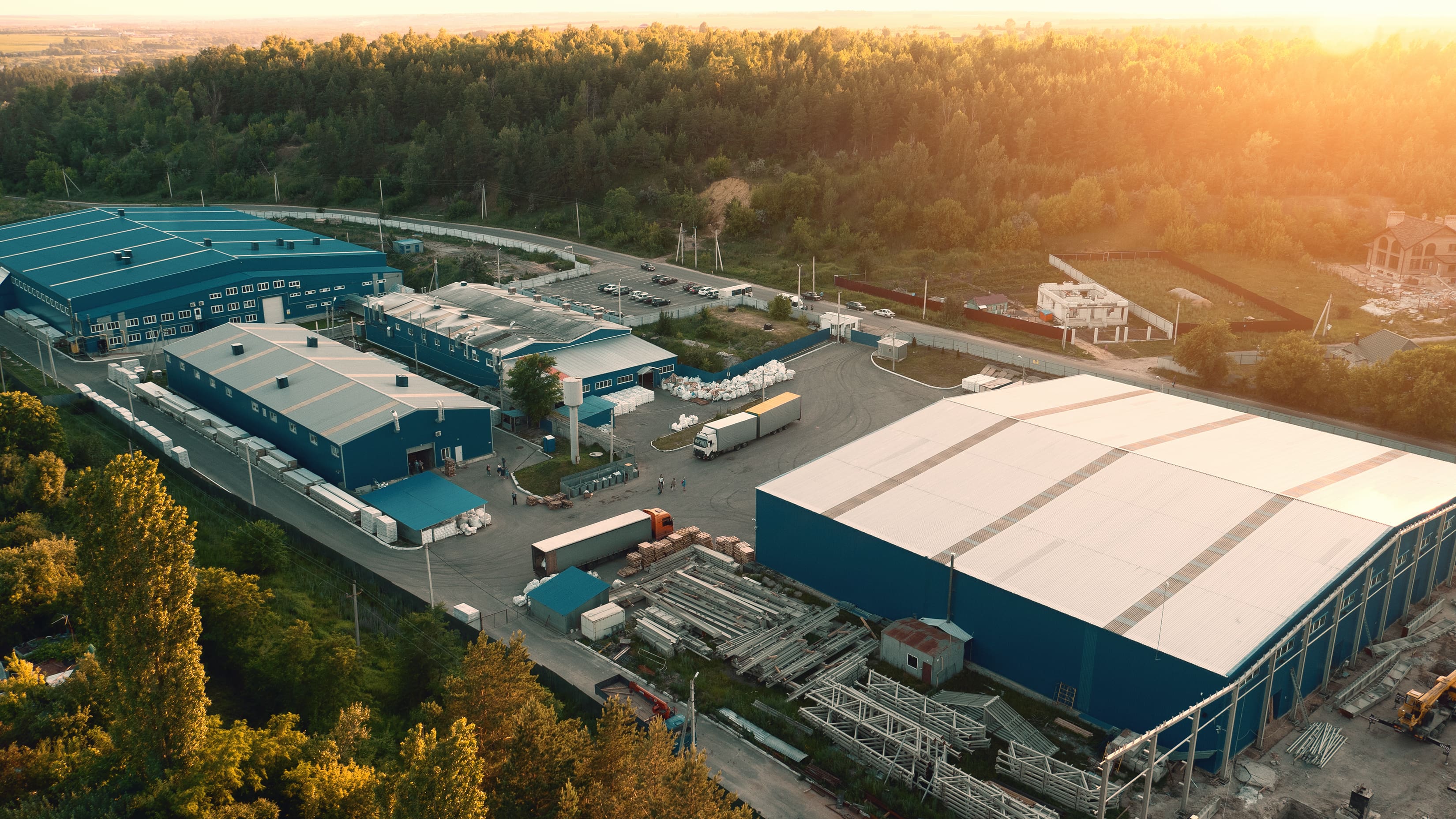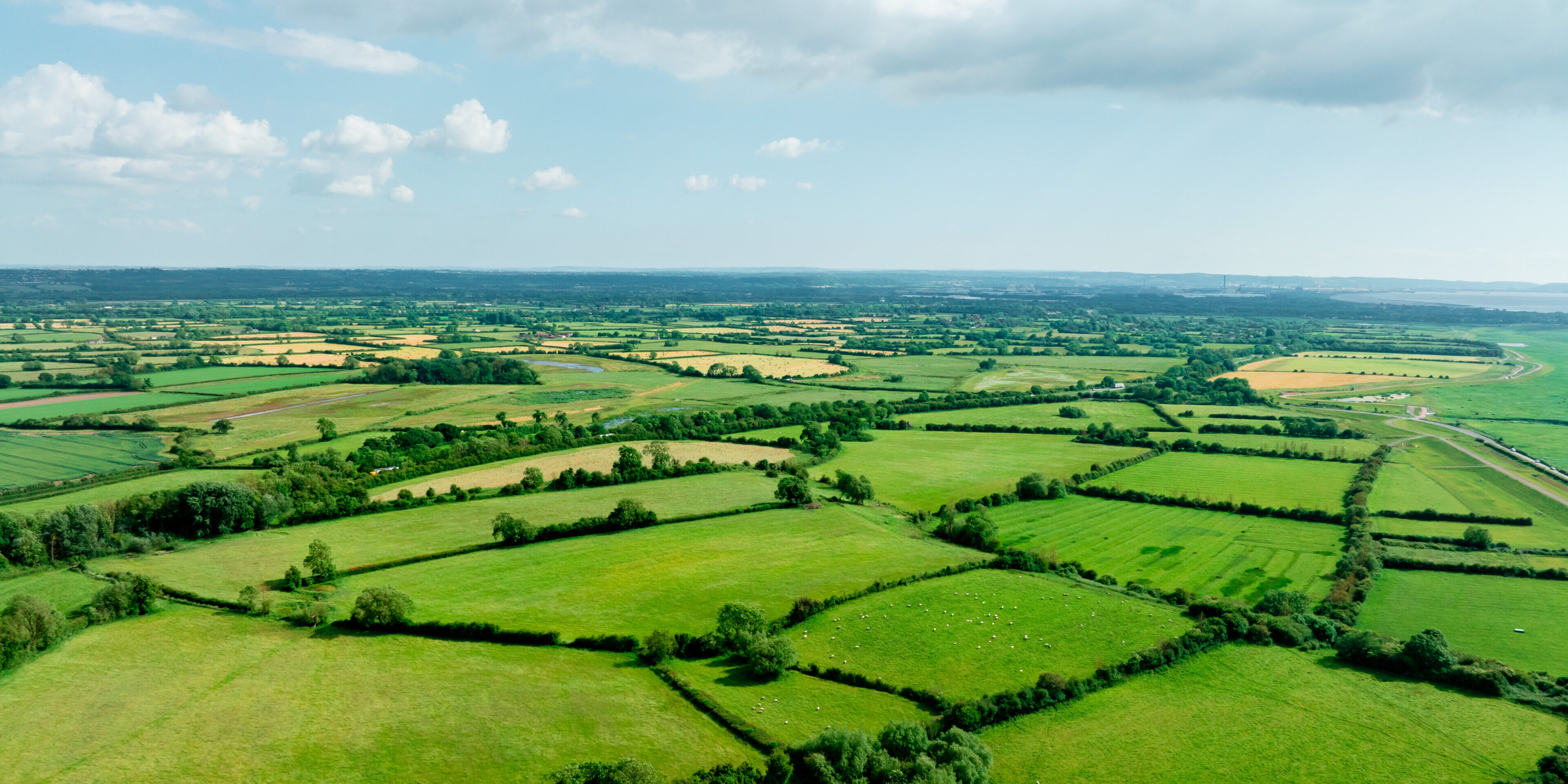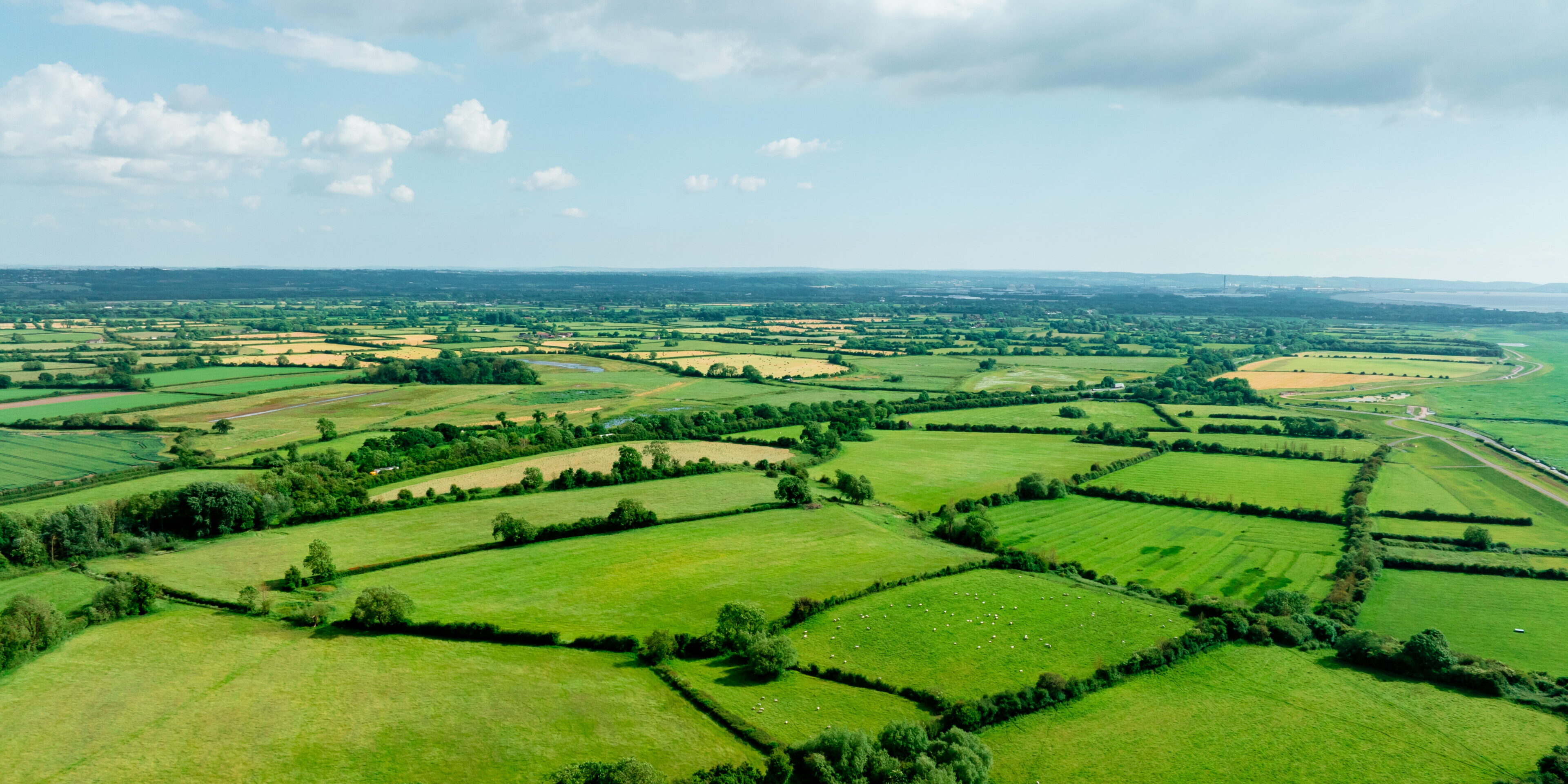
Key Benefits of Drones in SAR
- Operational Efficiency: Enables faster sweeps of large or dangerous areas, optimizing resource use.
- Enhanced Safety: Reduces risks to SAR crews by surveying hazardous areas remotely.
- Aerial Persistence: Provides continuous situational awareness through prolonged aerial coverage.
- Cost Savings: Offers a more affordable alternative to manned aircraft, reducing operational and liability costs.
- Time Savings: Accelerates searches and helps deploy resources effectively.
Establishing a Drone Program
- Program Development:
- Start small and build incrementally.
- Establish protocols and workflows.
- Adopt aviation standards for integration and compliance.
- Drone Program Manager: A dedicated leader to manage operations, training, and stakeholder engagement.
- Challenges:
- Overcoming skepticism and public concerns about privacy.
- Addressing funding constraints and training needs.
- Navigating regulatory requirements.


Best Practices
- Identify Needs: Tailor drones to specific SAR challenges (e.g., terrain, weather, operational scope).
- Training: Develop expertise through hands-on experience and standard operating procedures (SOPs).
- Transparency: Maintain open communication with stakeholders and the public to build trust.
- Innovation: Measure success, gather feedback, and adopt new technologies.
Choosing Equipment
- Selection depends on budget, operational needs, and environment. Key options include:
- DJI Mavic 2 Enterprise: Compact, thermal imaging, quick deployment.
- DJI Matrice 300 RTK: Advanced capabilities for complex and large-scale operations.


Key Operational Areas
- Regulations: Compliance with airspace and safety rules.
- Data Management: Ensure secure storage and processing of mission data.
- Maintenance: Regular checks and updates to maximize drone longevity and safety.
Conclusion
Drones are transformative for SAR operations, providing unparalleled capabilities in efficiency, safety, and cost-effectiveness. However, successful implementation requires careful planning, consistent training, and adaptability to overcome organizational and logistical challenges.
